This is the second article in the series. The first one can be found [here].
In this article, I’ll explain how I created illustrations for my novel "Tsingtao-Wien-Kyiv". I didn’t use AI in this case, even though I have experience with it—I'll cover that in a separate article.
Finding the Idea
As a filmmaker, I’ve often had to alter images to achieve different visual effects. Since the early '90s, filters have been available to make video look like oil paintings or charcoal sketches. When I was first tasked with making video look like a painting in the '90s, I knew where to begin. However, standard filters in most applications usually produce mediocre results. To achieve something better, you need a more specialized approach.
While working on video, I developed my own script to transform footage into a painting-like aesthetic. This worked well with moving images but looked awkward with still frames. One reason is that filters only slightly modify the appearance of real-world images, whereas actual drawings involve different object proportions, simplifications, and lighting that differs from reality.
So, if you want a photo to look like a drawing, you need to modify the photo first—altering its structure to mimic the desired drawing—and only then apply styling filters.
When making promo calendars for my projects, I encountered this issue. Typically, I had to create a collage of real photos with a composition matching the style I wanted. Only at the final stage would I apply a filter to give the desired artistic effect.
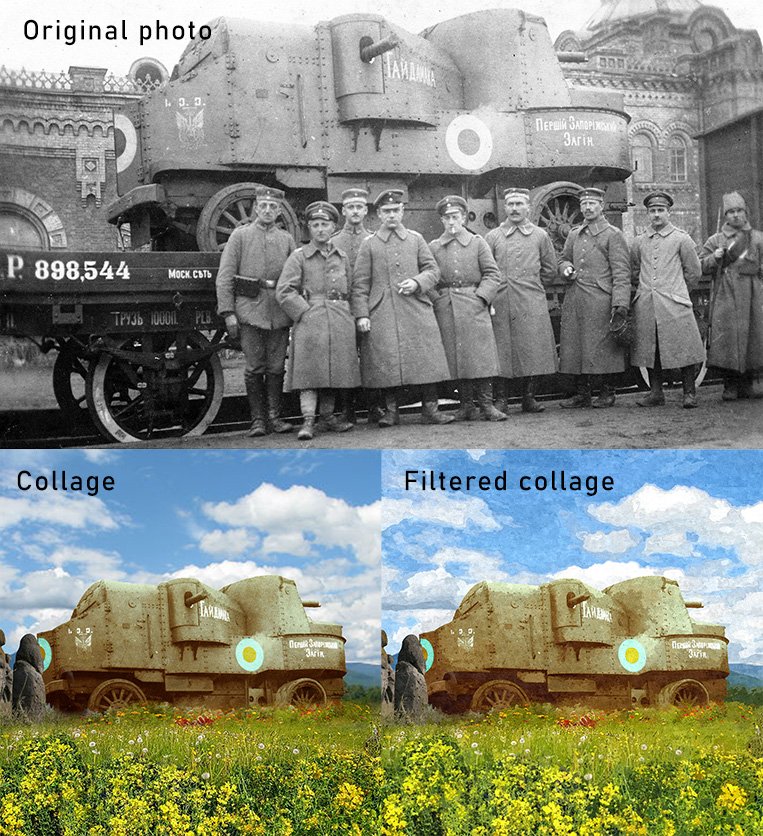
Since Tsingtao, Wien, Kyiv is set between 1914 and 1918, arranging a modern photo session was out of the question. Instead, I had to use vintage photos. The basic idea was clear: collage and filter. But it didn’t work as expected.
Sharpening the Idea
The next step was selecting a style. From the outset, I wanted to use a pencil style. The question was, should it be colored or not? Initially, I leaned towards colored, but after searching for references, I could find only about ten color pencil drawings from the World War I era that matched my artistic vision. Most of the images I liked were black and white.
When I tried making black-and-white illustrations, I realized that collages of old photos, even when filtered, looked like exactly that—a collage with a filter. The primary issue was that the photos from that period weren’t sharp enough, and when distorted for a collage, they became even less clear. The images needed more detail and something extra to bring them to life.
Combining Techniques
At this point, I ventured into uncharted territory and picked up a pencil. I printed the collages I had created and started adding details by hand—enhancing edges, filling in small elements, and clarifying aspects that were blurry in the original photos. After seeing the results, I took it a step further. I found additional period images from World War I and incorporated details from them that were missing in my collages. Once finished, I scanned the images.
After applying the filter, the result was... disappointing. My pencil additions were too obvious. It was clear that something more was needed.
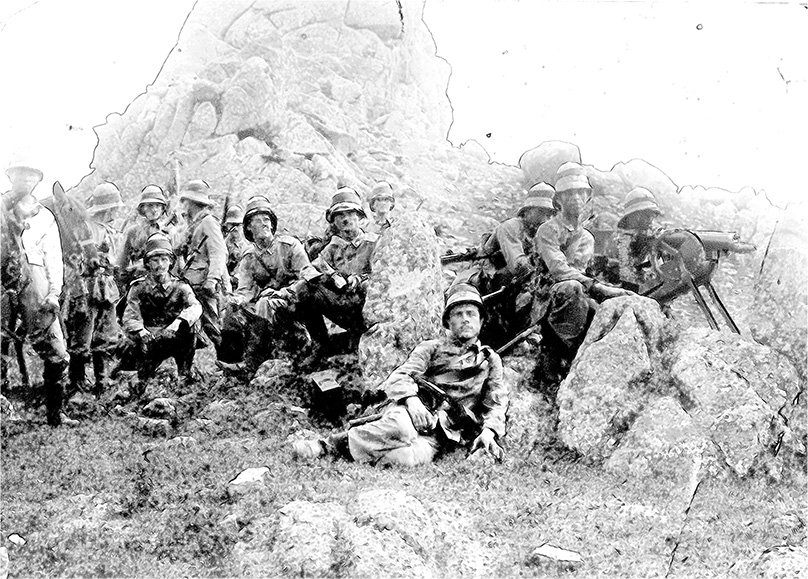
I decided to trace the scanned images into a vector format and then simplified them slightly. This made my pencil additions blend better with the overall picture. However, even with this improvement, the images still needed something to add depth and texture.
Final Touches
As I worked, I began thinking less of the illustrations as pencil sketches and more as charcoal drawings. While the style may not exactly resemble charcoal, that was the image in my mind. Charcoal, when used on paper, leaves small flecks and imperfections that add richness to the image. Around the same time, the idea of cross-hatching came to me.

I created cross-hatching textures on paper, scanned them, and added them to the final illustrations. That was the missing ingredient! The result had the depth and texture I wanted.
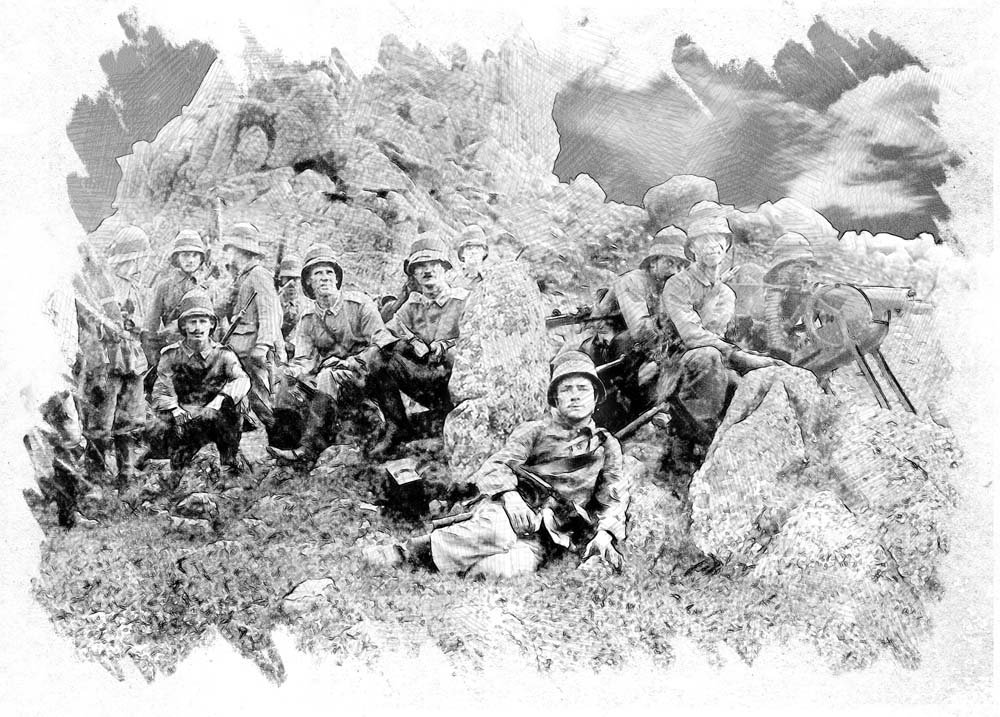
The only drawback was the time commitment. Each illustration involved a lengthy process—collaging, printing, drawing, scanning, tracing, and filtering—which took 2 or 3 days per image. But at that point, I didn’t see another way to achieve the desired effect.
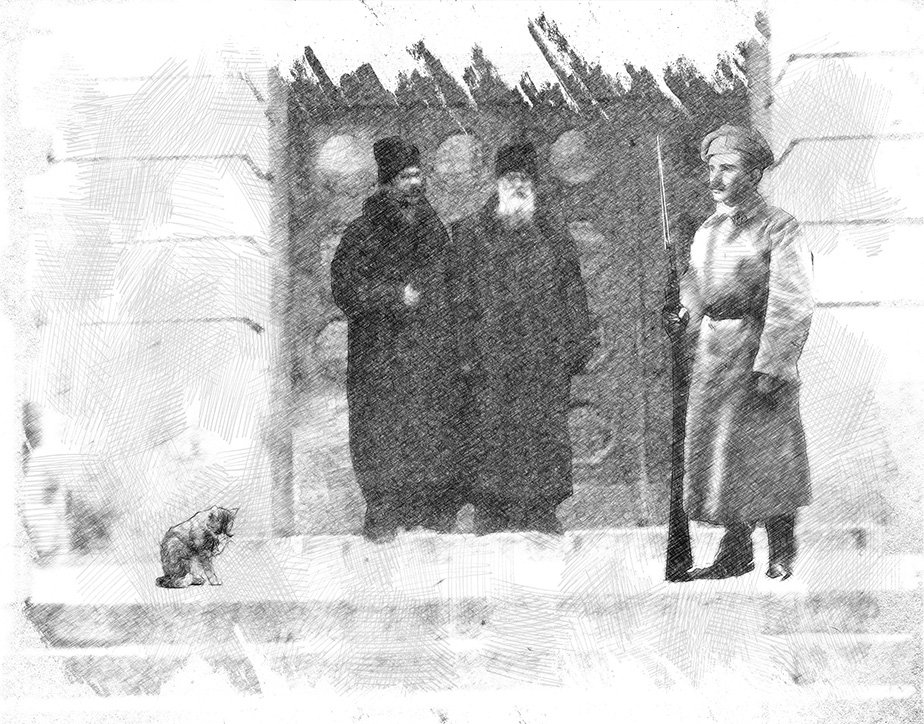
Conclusion
Creating illustrations when you can't draw is certainly a challenge, but it can be overcome with creative thinking and a mix of techniques. By combining old photos, hand-drawn elements, and digital editing, I was able to achieve a unique and historically accurate style for Tsingtao, Wien, Kyiv. While the process was time-consuming, the result was worth the effort. For anyone in a similar situation, experimenting with different tools and techniques can lead to compelling visual results, even without traditional drawing skills.
[…] Це третя стаття в серії. Ви можете знайти першу [тут] і другу [тут]. […]
[…] […]